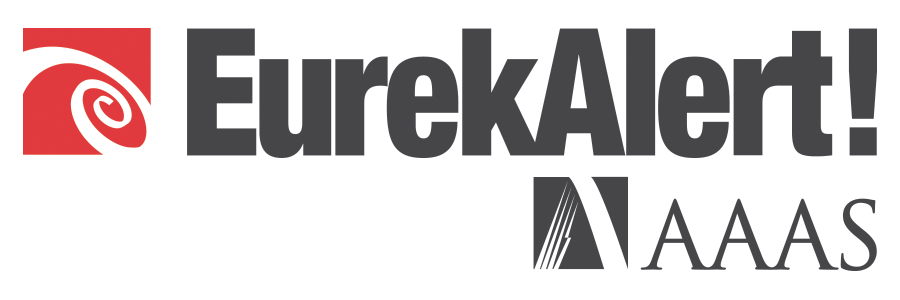
LEXINGTON, Ky. (June 28, 2019) – In a new study published in JAMA Network Open, University of Kentucky researchers, in collaboration with researchers from Ferris State University, examined whether legal mandates on naloxone coprescription in certain states increased naloxone dispensing.
Recently, a Federal Drug Administration panel and the U.S. Department of Health & Human Services recommended prescribing the opioid reversal drug naloxone along with an opioid prescription (known as “coprescription”). In 2017, Virginia and Vermont mandated the coprescription of naloxone for potentially at-risk patients; several additional states followed suit in 2018.
Ultimately, the study found that naloxone dispensing increased following the implementation of legal mandates for naloxone coprescription. Nearly 88 naloxone prescriptions per 100,000 patients were dispensed in Virginia and 111 prescriptions per 100,000 were dispensed in Vermont during the first full month the legal requirement was effective. To contrast, a rate of just 16 naloxone prescriptions per 100,000 was dispensed in the 10 states (including Washington, D.C.) with the highest opioid overdose death rates; just six prescriptions per 100,000 were dispensed in the remaining 39 states. Population level modeling indicated that naloxone coprescription mandates were associated with a 7.75-fold increase in the rate of naloxone dispensing compared to states without mandates.
In 2017, 47,600 people died from opioid-involved overdose, representing almost 70 percent of all drug overdose deaths in the U.S.
“Increasing access to naloxone to those with elevated risk for opioid overdose is an important public health initiative,” said Patricia Freeman, director of UK’s Center for the Advancement of Pharmacy Practice and corresponding author of the study. “Our study findings demonstrate that naloxone coprescription laws dramatically increase access to naloxone in those states that adopt the policy. As states continue to search for ways to lower opioid-related overdose deaths, enacting similar laws or regulations has the potential to save lives.”
According to Freeman, in addition to the recent coprescription mandates, states have taken a variety of other legal approaches to support naloxone access. This includes allowing prescription of naloxone to friends and family members of those at risk (known as third-party prescribing) and allowing pharmacists to dispense naloxone under a standing order or protocol.
“With the passage of Senate Bill 192 in 2015, Kentucky pharmacists have authority to initiate the dispensing of naloxone under a physician-approved protocol,” Freeman said. “Since that time, naloxone dispensing in Kentucky has increased significantly.”
###
To find pharmacies where naloxone is available under protocol in Kentucky, visit kystopoverdoses.ky.gov.
Disclaimer: AAAS and EurekAlert! are not responsible for the accuracy of news releases posted to EurekAlert! by contributing institutions or for the use of any information through the EurekAlert system.

